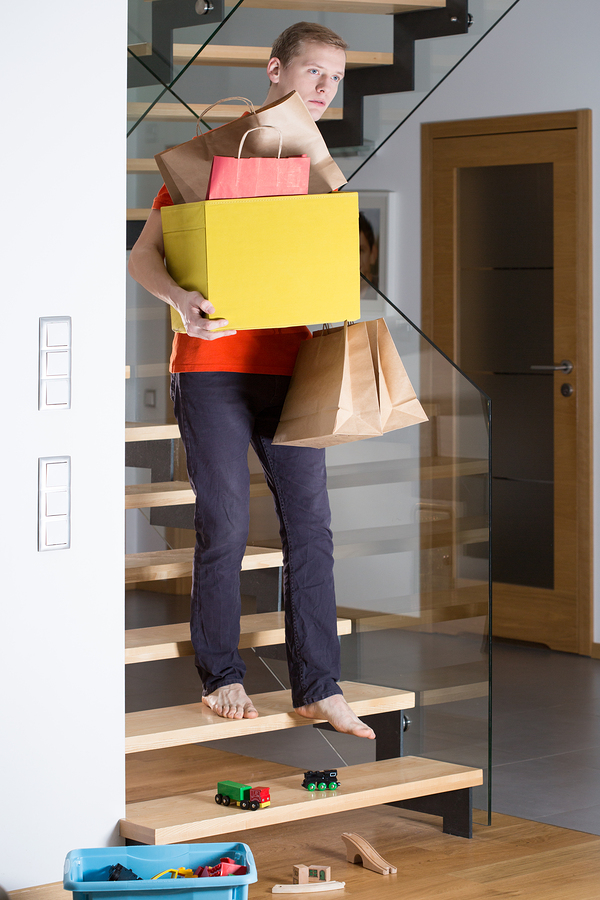Guidelines to Avoid Fall Hazards at Home
‘No other single injury cause, including road trauma, costs the health system more than injuries resulting from falls.’
— Department of Health, NSW
Falls are one of the leading causes of harm that often lead to injuries or fatality. This is why, it’s among the national safety and quality priorities.
But how do we define a fall? What are some preventative measures to avoid the hazards associated with falling? Slip Check, an independent slip testing services company, will answer these questions for you.

Falls Defined
Fall is an event that results in a person coming to rest on the ground or other lower level. It occurs either from a height or on the same level. A fall on the same level is caused by slips and trips. However, a fall from the height is considered more dangerous since it causes serious injuries or, worse, death. Falls may occur from roofs, ladders, vehicles and equipment, observation posts, steps and stairways, cargo delivery ramp, towers and masts.
Common hazards that contribute to falls include:
- Sitting or leaning on objects that are not durable or not designed to take weight
- Jumping or stepping to a lower level
- Unprotected roofing, floor openings and leading edges
- Using faulty or broken chairs as step-tools
- Losing the grip on handrails or ladders
- Loss of footing or balance
- Uneven ground or changes in floor levels
- Poorly maintained spaces and dimly lit areas
- Taking medications that cause dizziness
Safety Measures to Reduce Fall Hazards at Home
Whether it’s an uneven floor, a rickety chair or improper electrical wiring, some of the common hazards that cause falls are found at home. This is why you need to learn and implement some fall-prevention measures to keep you and your loved ones safe. Below are some of them.
- Make the surfaces trip-proof by removing clutter and objects that may obstruct the view.
- Install assistive devices like handrails and grab bars in various areas of your home, such as: toilets, bathtubs, showers, stairways and hallways.
- Minimise changes in floor levels and use non-slip mats in the kitchen, porch, shower or tub. Also, install carpeting to make the floor slip-resistant.
- Improve lighting in your home. Make sure to place night lights in your bathrooms, hallways, bedrooms and other dim spaces. Also, make clear paths to light switches as well as store emergency lights in easy-to-find areas in case of power outage.
- For elders, use canes or walkers for balance and stability. Also, consider changing your footwear. Wear sturdy shoes with non-skid soles and avoid wearing high heels, shoes with slick soles and floppy slippers since these may cause you to slip, stumble or fall.
Bottom Line
Fall prevention starts with creating a safe and orderly living space. Call in an expert who can conduct slip assessment services to determine floor safety in various areas of your home.
Slip Check is a leading slip resistance testing facility accredited by the National Association of Testing Authorities (NATA). We can assess your floor safety and offer potential treatment options or control measures to keep your home healthy and safe for your family.
Author: Carl Strautins

Email: Carl@SafeEnvironments.com.au
Web: www.SafeEnvironments.com.au
As a principle at Safe Environments, Carl Strautins first started his career at CSIRO conducting research in slip resistance and developed the accelerated wear slip resistance test. He holds a degree in materials science, masters in occupational health and safety and a masters in science in occupational hygiene, Carl provides guidance to industry to minimise the risk of slip and fall incidents. He is engaged on a regular basis to provide expert opinion for disputes and legal proceedings.

